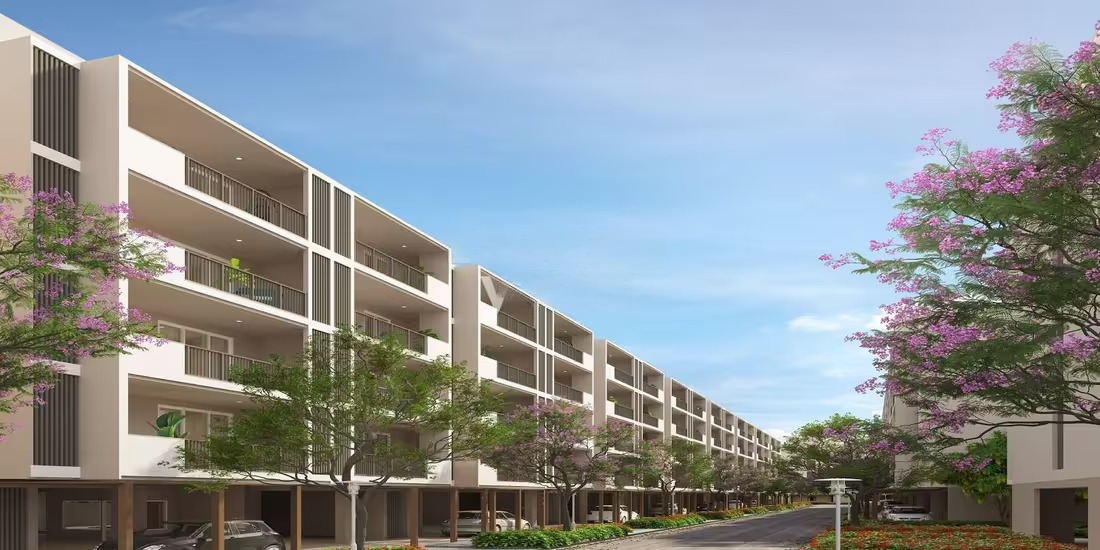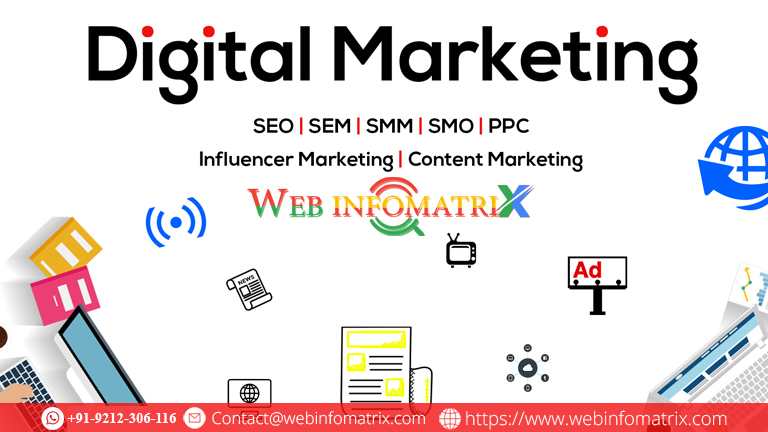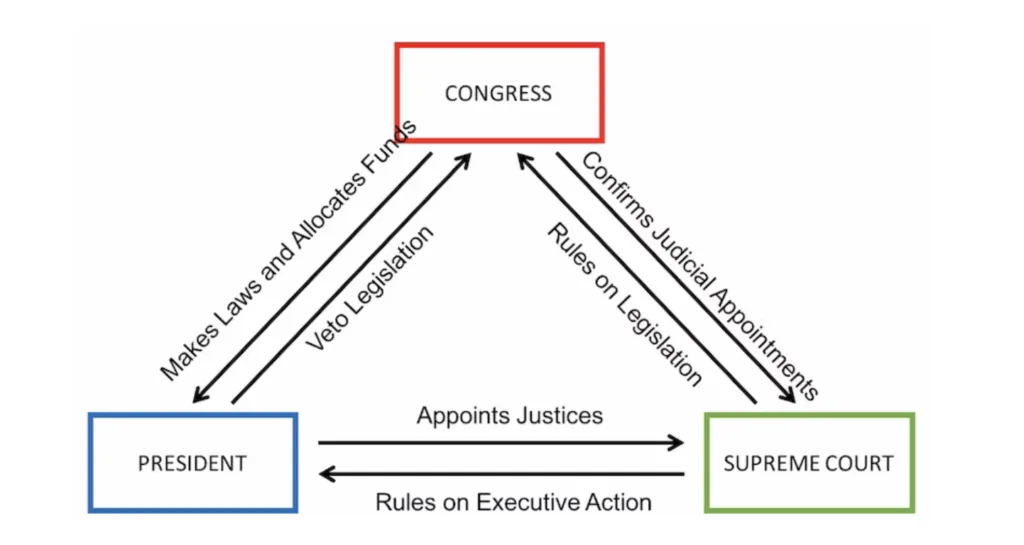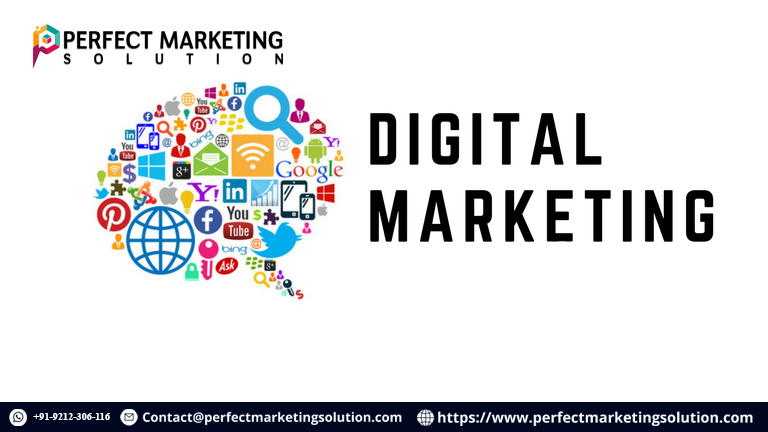17 Rock Solid Website Layout Examples for 2019
Discover the top 17 rock solid website layout examples of 2019 that set the standard for modern web design. From clean, minimalist designs to vibrant, dynamic layouts, these examples showcase the best practices in user experience, functionality, and aesthetics. Whether you’re looking to revamp your current site or seeking inspiration for a new project, these layouts will provide valuable insights into creating a compelling and effective online presence. Explore these standout designs to understand what makes them successful and how you can apply similar strategies to your own website.
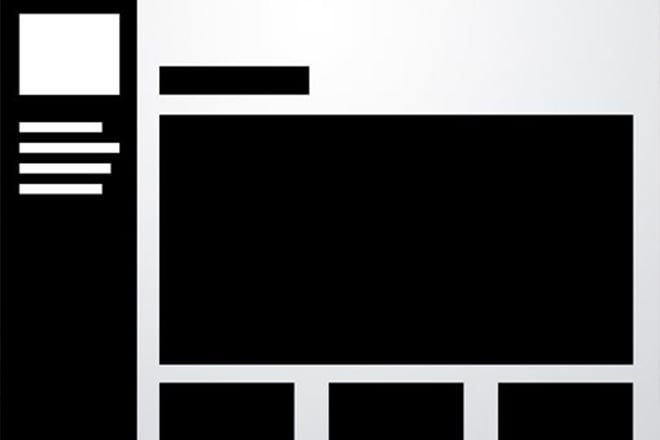
In the fast-evolving digital landscape, a well-designed website is crucial for capturing attention and providing an exceptional user experience. Website layouts play a significant role in guiding visitors through content, influencing their perception of a brand, and ultimately driving conversions. In this article, we explore various website layout examples from 2019 that effectively blend aesthetics and functionality. These examples showcase different design principles, demonstrating how each can enhance user engagement and interaction.
Understanding the Importance of Website Layout
Website layout refers to the arrangement of visual elements on a webpage. It encompasses everything from the header and footer to the navigation menu and content sections. A well-structured layout is essential for several reasons. Firstly, it ensures that visitors can easily find the information they need, reducing frustration and increasing the likelihood of them staying on the site. Secondly, a thoughtful layout enhances the overall aesthetic appeal, creating a positive first impression. Finally, an effective layout can drive specific actions, such as signing up for a newsletter or making a purchase.
Minimalist Design: A Clean Approach
Minimalist design emphasizes simplicity and functionality. By eliminating unnecessary elements, it creates a clean and focused user experience. Websites that embrace minimalist layouts often feature ample white space, concise content, and limited color palettes. This approach directs attention to the essential elements of the site, making navigation intuitive. Visitors are more likely to engage with the content when distractions are minimized.
Grid-Based Layouts: Structured Organization
Grid-based layouts utilize a systematic arrangement of content blocks to create a cohesive and organized appearance. This layout type is particularly effective for websites with a lot of content, as it allows for easy categorization and navigation. By aligning elements in a grid, designers can create a sense of balance and harmony. Grid-based layouts also enhance responsiveness, ensuring that websites look great on various devices, from desktops to smartphones.
Asymmetrical Layouts: Breaking the Mold
Asymmetrical layouts challenge traditional design conventions by deliberately arranging elements off-balance. This layout style creates visual interest and dynamism, engaging visitors in a unique way. Asymmetrical designs often feature unexpected combinations of text, images, and white space, leading to a more adventurous user experience. When executed well, asymmetrical layouts can convey a sense of creativity and innovation, making them an excellent choice for brands looking to stand out.
F-Pattern Layout: Aligning with Reading Habits
Research has shown that users tend to read web pages in an F-pattern, scanning from left to right and top to bottom. This insight can be leveraged in web design by placing the most crucial content and calls to action along the F-pattern path. By strategically positioning elements in line with users’ natural reading habits, designers can enhance user engagement and ensure that key messages are not overlooked.
Card-Based Layouts: Emphasizing Content Blocks
Card-based layouts present information in discrete blocks, resembling cards that can be easily browsed. This design approach is particularly effective for websites featuring diverse content types, such as blogs, portfolios, or e-commerce sites. Each card can contain an image, title, and brief description, allowing users to quickly assess whether they want to explore further. The visual appeal of card-based layouts encourages interaction, as users can effortlessly navigate between different pieces of content.
Single-Page Layouts: Streamlined Navigation
Single-page layouts condense all necessary information into one continuous scrolling page. This design approach is often used for portfolios, landing pages, or promotional sites. By minimizing the need for users to click through multiple pages, single-page layouts create a seamless and engaging experience. Smooth scrolling effects and sticky navigation bars can enhance usability, ensuring that visitors can easily access different sections without losing their place.
Responsive Design: Adapting to Devices
With the increasing prevalence of mobile browsing, responsive design has become essential. Responsive layouts automatically adjust to the screen size and orientation of the device being used. This flexibility ensures that websites maintain their visual integrity and functionality across various platforms. By prioritizing responsive design, brands can provide a consistent and enjoyable experience for users, regardless of how they access the site.
Hero Sections: Making a Bold Statement
Hero sections are large, eye-catching areas at the top of a webpage, often featuring high-quality images or videos and compelling headlines. This layout element immediately captures visitors' attention and sets the tone for the rest of the site. Effective hero sections convey the brand's message and value proposition while encouraging users to take action, whether that involves exploring more content or making a purchase.
Magazine-Style Layouts: Content-Rich Presentation
Magazine-style layouts combine various content types, such as articles, images, and videos, to create an engaging and visually appealing presentation. This design approach is particularly suitable for blogs, news sites, or any platform that offers diverse content. By employing a mix of grid layouts and dynamic visual elements, magazine-style websites can captivate readers and encourage them to explore multiple articles or features. The layout mimics the experience of flipping through a magazine, inviting users to engage with content in a more immersive manner.
Parallax Scrolling: Adding Depth and Interactivity
Parallax scrolling creates an illusion of depth by moving background images at a different speed than foreground content as users scroll down the page. This design technique adds an interactive element to the website, enhancing user engagement. Parallax scrolling can be particularly effective for storytelling, as it allows brands to guide users through a narrative experience. However, it is essential to strike a balance between visual appeal and performance, as excessive parallax effects can lead to slower loading times.
Navigation-Focused Layouts: Prioritizing Usability
Effective navigation is a cornerstone of any successful website. Navigation-focused layouts prioritize clear and intuitive menus, ensuring that visitors can easily find their way around. This approach involves strategically placing navigation bars, dropdown menus, and search functions in prominent locations. Additionally, incorporating visual cues, such as icons or highlighted links, can enhance usability and guide users through the site effortlessly.
Bold Typography: Making Text Stand Out
Typography is a powerful design element that can significantly impact the overall look and feel of a website. Bold typography draws attention to essential messages and creates a distinct visual hierarchy. By using varying font sizes, weights, and styles, designers can emphasize important content and guide users' reading flow. Combining bold typography with ample white space can result in an elegant and readable layout, enhancing the user experience.
Color Schemes: Setting the Mood
Color plays a crucial role in shaping a website's identity and emotional appeal. Thoughtful color schemes can evoke specific feelings and influence user behavior. For example, warm colors like red and orange can create a sense of urgency, while cool colors like blue and green promote calmness. Designers should choose color palettes that align with the brand's message and target audience, ensuring that the layout reflects the desired mood and atmosphere.
Integration of Multimedia: Engaging Users Visually
Incorporating multimedia elements, such as images, videos, and animations, can elevate a website's design and engagement levels. Well-placed multimedia enhances the overall user experience by providing visual context and breaking up text-heavy sections. However, it is essential to balance multimedia elements with performance considerations, ensuring that the site loads quickly and remains user-friendly.
Accessibility Considerations: Designing for All Users
Creating an inclusive website means considering accessibility in the layout design. Designers should implement features that ensure all users, including those with disabilities, can navigate the site effectively. This includes providing alternative text for images, using descriptive link text, and ensuring sufficient contrast between text and background colors. By prioritizing accessibility, brands can reach a broader audience and create a more user-friendly experience.
The Future of Website Layout Design
As technology continues to evolve, so do website design trends. In the coming years, we can expect to see further innovation in layout design, with a greater emphasis on user-centric experiences. Emerging technologies, such as augmented reality and artificial intelligence, will likely shape how websites are structured and interacted with. Staying ahead of these trends and understanding user preferences will be crucial for brands aiming to create effective and engaging websites.
Website layouts are more than just visual arrangements; they play a pivotal role in shaping user experiences and driving engagement. By exploring the various layout examples from 2019, designers and brands can glean valuable insights into effective design principles. Whether opting for minimalist designs, grid-based structures, or bold typography, each layout offers unique advantages. By prioritizing usability, aesthetics, and accessibility, brands can create websites that captivate visitors and foster meaningful interactions.
FAQs
What is the purpose of a website layout?
A website layout organizes visual elements on a page, enhancing usability and guiding visitors through content.
How can I improve my website's layout?
Consider simplifying design elements, prioritizing navigation, and ensuring responsiveness across devices.
What are the benefits of a minimalist layout?
Minimalist layouts reduce distractions, create a clean aesthetic, and enhance user focus on essential content.
How can I make my website more accessible?
Implement features like alternative text for images, descriptive link text, and sufficient color contrast to improve accessibility.
What trends should I watch for in website design?
Keep an eye on emerging technologies, user-centric experiences, and innovations in interactive and multimedia design.
Get in Touch
Website – https://www.webinfomatrix.com
Mobile - +91 9212306116
Whatsapp – https://call.whatsapp.com/voice/9rqVJyqSNMhpdFkKPZGYKj
Skype – shalabh.mishra
Telegram – shalabhmishra
Email - info@webinfomatrix.com
What's Your Reaction?











